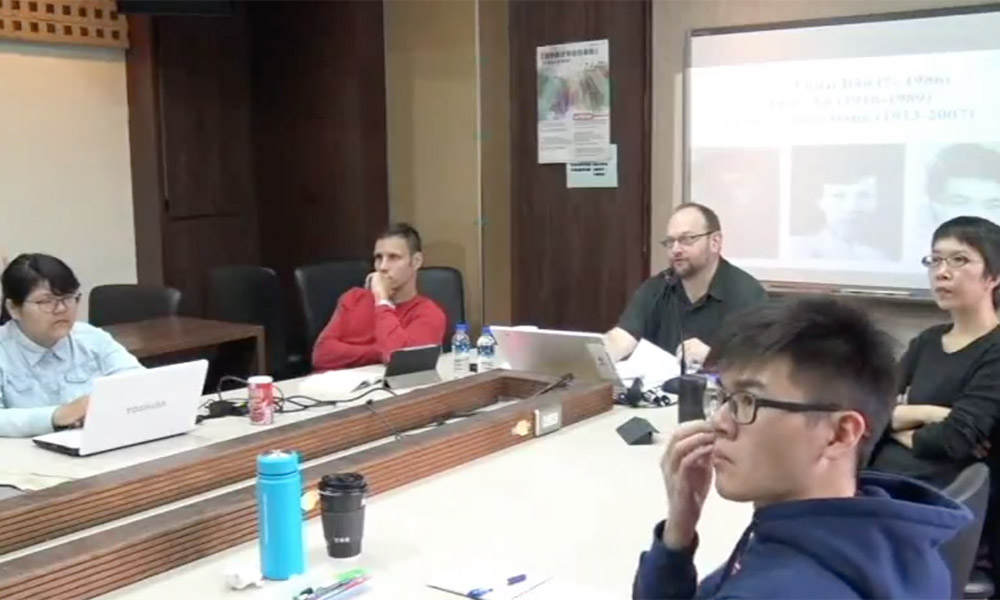
The Rise and Fall of Vietnamese Reform Communism, 1956-1960
By Peter B. Zinoman
Peter B. Zinoman is a Southeast Asian historian at the University of California, Berkeley, and mainly focuses on the history of Vietnam and uses Asian countries such as Thailand, Indonesia, and Japan as cross-references. Recently, he has paid special attention to the history of colonial history, nationalism, communism, war, violence, naturalization, and social systems. Changes and other issues. In recent years, Zinoman has published many academic books in the history of Southeast Asia, including the Vietnamese Colonial Republican: The Political Vision of Vu Trong Phung, The Colonial Bastille: A History of Imprisonment in Vietnam, 1862-1940.
Zinoman expresses about is Vietnam reform communism in 1950. In 1950, in the Viet Minh’s war against the French. Ho Chi Minh traveled to China to sign a military aid agreement with the new communist leadership in Beijing. with the introduction of Chinese military and came the massive influx of Chinese-styled institutions, reforms, and advisors. This campaign was launched to study the Chinese revolutionary experience. Later Nhân Văăn-Giai Phẩm (NVGP), a political protest movement led by intellectuals that coalesced in the Democratic Republic of Vietnam in 1956. The article reassesses the development of the movement and the internal composition of its leadership. Through a close reading of the major publications produced by NVGP, the article takes issue with the conventional view, which characterizes the movement as a robust grouping of political dissidents against the party-state. The article shows that NVGP should, in fact, be seen as a relatively timid strain of the revisionist or reform Communist movements that emerged throughout the Communist world.
To understand Vietnam’s entire political ideology and to understand how the local response to war, reception, freedom and democracy, and communist thinking, from the perspective of social criticism to the global/local people, How emotions respond to the war? itself and the changes it brings, and even resist and rebel, and how these conditions affect the political and economic situation in East and Southeast Asia as a whole. In thinking about how various kinds of communism (communism, liberalism, nationalism, etc.) are forced into Vietnam and neighboring countries by means of war, how do they converge with the earth or create differences, variability, or new reactions? In this way, the experience of special communist society for the development of East Asia and the Southeast Asian region undoubtedly released considerable critical thinking energy.
literature with specific languages always has the superpower to build a wall between humans and the real world. In Viet Nam Socialist realism literature, we can see a system of language that has a big effect and still expand all this society. It creates an illusive world (victory, nation, heaven, hero, leader…) to forbid and destroy other voices (sadness, individual, daily life) We can name this system of language that is discourse (颂歌演言) or strategic language. Everybody is prisoned by this invisible cage.
